Recently, someone on Twitter mentioned the game Genius Squares and I was eager to check it out. It didn’t disappoint. It’s a simple game. You roll a set of 7 die, which tell you where to place pegs on a 6×6 board. You then have 9 tiles to fit into the puzzle. The game comes with 2 boards and two sets of tiles, so you can race against a friend, or simple play as a solitary game. Me the human and me the math teacher equally love these types of spatial reasoning games. It has won some STEM awards and before you read further, please go buy a physical copy of it from your local game store as it’s worth every penny!
After reading Dagan Karp and Darryl Yong’s article on “Simple Ways to Build Community in an Online Classroom,” I realized that games like Genius Squares are not just fun and great for logical thinking when teaching in-person, but they also are ideal for community building in distance learning. So I hastily threw out the idea that maybe, just maybe, someone could make an online version so students could play against one another.

I knew that I was not the right person to make it in Desmos. I could piece something together, but there are far too many people whose skill and elegance in design far outpace me. So I crossed my fingers in hopes that someone would find this task as fascinating as I did AND have better skills than I in dreaming it up. Twitter did not disappoint. Below are the 4 versions (that I know of) which were created as a result of this text thread. I am in utter awe at the creativity of each one and the incredible programming skill in making each work as fluidly as it does.
VERSION #1
At last Thursday’s Desmos Live, Dan Meyer referred to his ‘illusive Discord Friends.’ While I barely know what that means, I was touched that one of those very folks took me up on the challenge of game creation. What I love about Adam’s version is that it’s created entirely on the Desmos graphing calculator. It’s mind bogglingly elegant and can be played as a 1-player solitaire game, or incorporated into Desmos’ Activity Builder as a group game. I love how the user has the choice to randomize the pegs or manually place them. If you wanted to play against someone, or have a class all compete, you could roll the actual game dice yourself and then tell the class to all place their pegs and watch so no one starts ahead of anyone else. A link to this calculator masterpiece is here and you can watch how it plays below. A note of caution is that you cannot choose simply any custom peg placement. The 7 die in the actual game have some faces repeated in order to ensure that every game has a solution.

Two people created versions on Mathigon’s virtual manipulative site. I must admit, this was total eye candy for me. I have used the site briefly during distance learning with my 1st grader, but had never really considered how it could be used in more sophisticated ways. I love these versions of the game and they make me nostalgic for various plastic pocket games that my parents bought me for long road trips in the 70s and 80s.
Version #2
Craig took Adam’s version and put it into Activity Builder with a bit of CL to allow random vs custom peg placement. Awesome! I love the use of buttons to choose between the two. Again, in custom, the user must be sure someone is rolling the actual 7 die as if you simply place the pegs anywhere, you aren’t guaranteed a solution. Craig’s version is here.
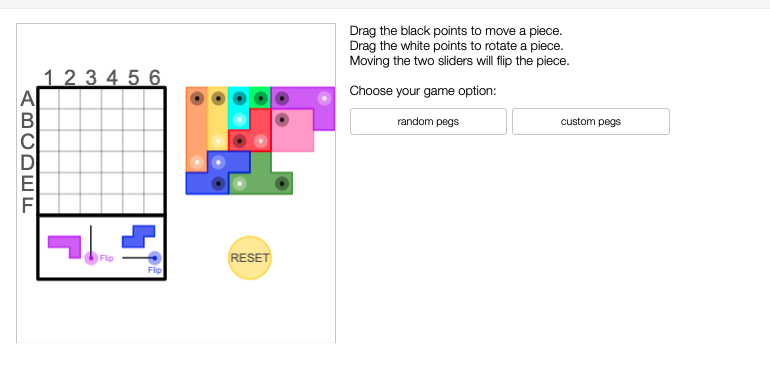
Version #3:

There is so much to love here. To spin all the spinners simultaneously, hold down the shift key and select all 7 spinners. Then click randomize and watch them whirl. I would pay for this as an app in the app store. It’s just so compact and smooth. David built the original version and Norma made the colors even more pleasing. Their version is here.
Version #4
I have been a fan of retro-Desmos for as long as I have been a Desmos fan and was truly honored when Kurt offered to build a version for me.

In true retro-Desmos style, this version has some gaming aspects built in. You choose an animal icon on screen 1 and after each round you can check screen 3 for the leader board with everyone else who is logged onto the same AB code as your class. Kurt’s version allows you to beat your best time and compete in speed and completion against others. It’s a mystery to me why my gif of his version came out smaller than the others. Don’t be fooled. It’s a mighty version of the game. Kurt’s version is found here.
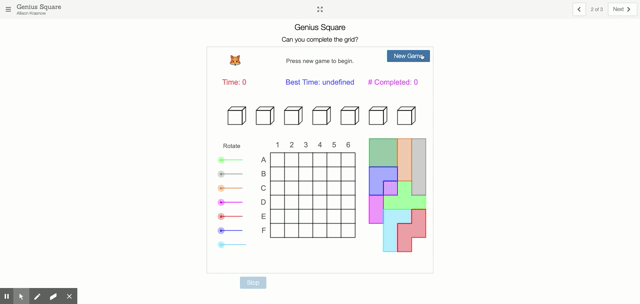
I owe a HUGE thank you to each of these folks for taking my crazy-idea and running with it. True confession, in my haste to write a blog post, I wasn’t paying a lot of attention to if my tinkering in the above videos would actually lead to a solution. So I leave the actual game-playing to us all from here forward. Now go have some FUN.






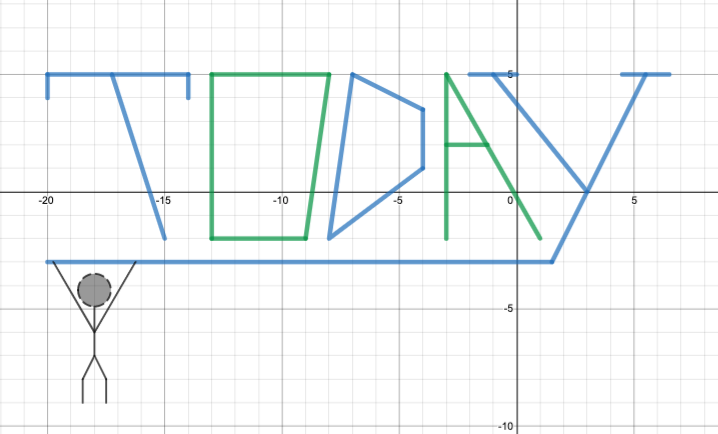










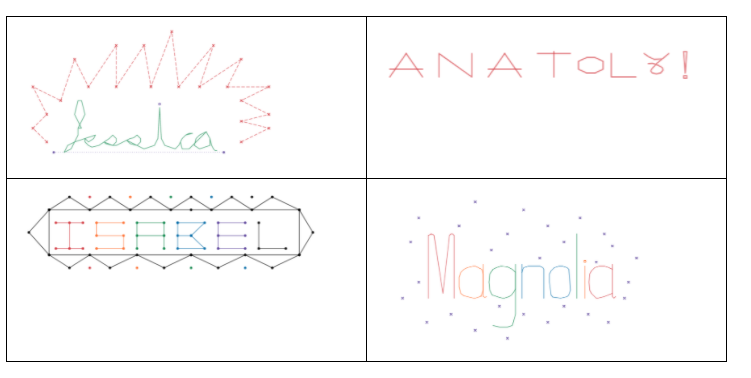
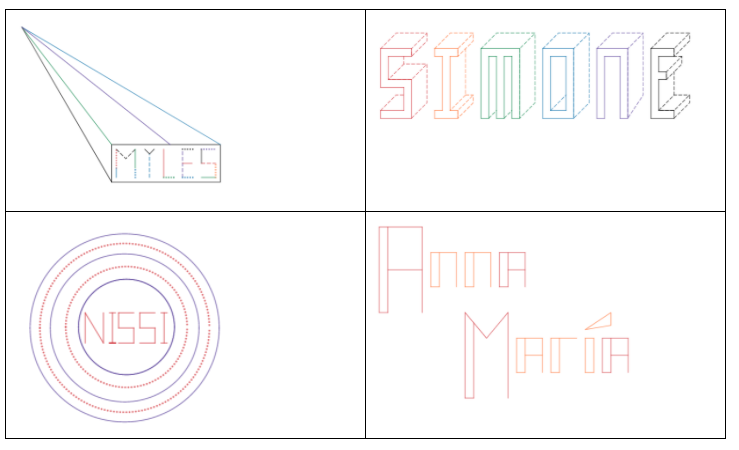



 My gratitude for
My gratitude for  In February, for Black History Month, I would use the last 5 minutes of class twice a week to fea
In February, for Black History Month, I would use the last 5 minutes of class twice a week to fea
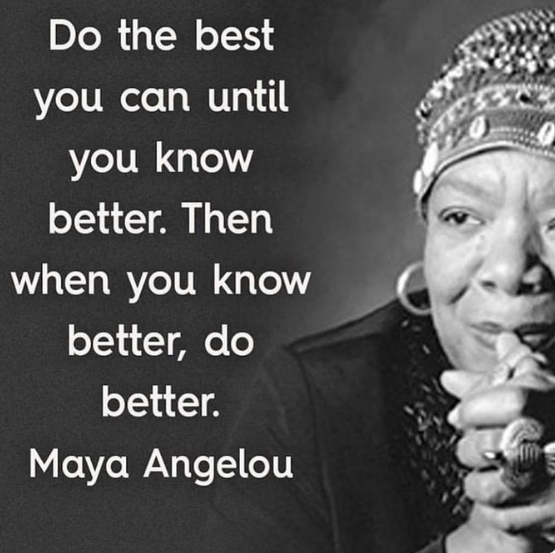

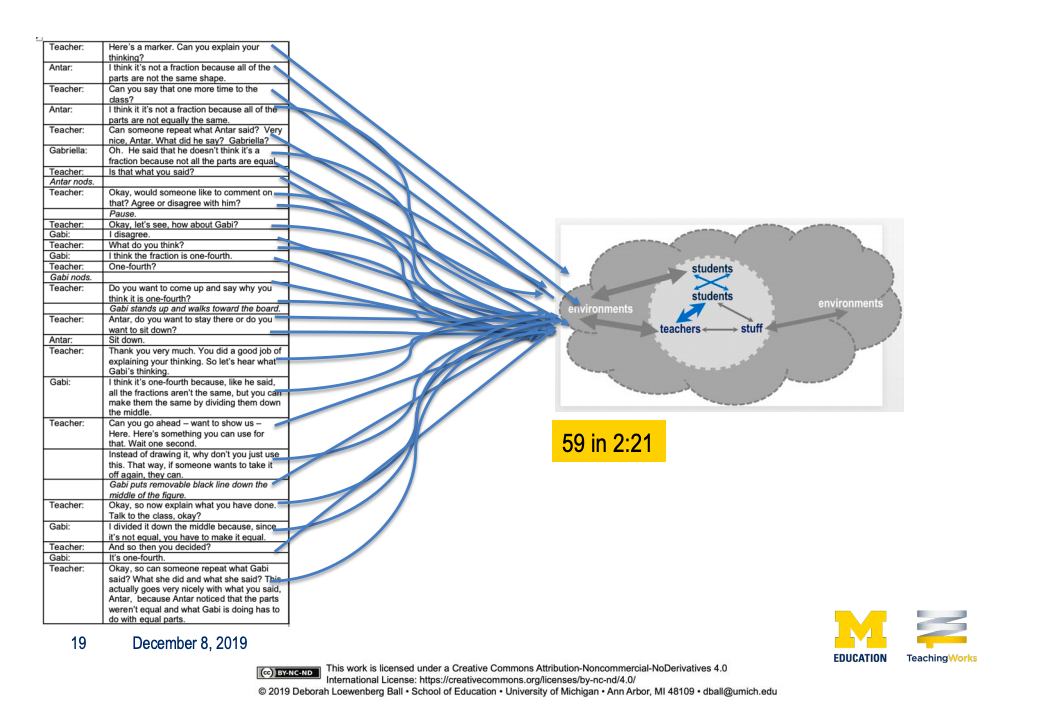





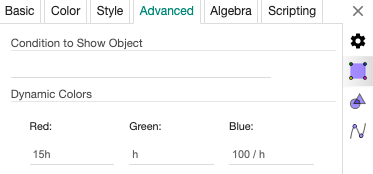


 I then paused here and pairs described everything they had seen. Students talked about corresponding angles, congruent angles, translating an angle along a vector.
I then paused here and pairs described everything they had seen. Students talked about corresponding angles, congruent angles, translating an angle along a vector.
